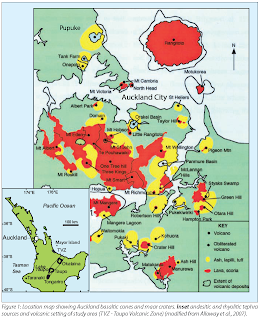One article I read in this book was titled 'Boundaries and Borders', by Richard Sennet. He makes an impressive parallel with the notion of city walls, as literally being fortifications in historic cities with it's modern version being areas of cultural, communicative, economic exchange.
The antitheses of this ephemeral wall where differing communities exchange in the urban context, is that of a 'deadening wall'; such as a motorway, inner-city traffic, seperation of state housing (London). The writer describes these opposing elements as boundaries and borders; where Borders are zones which are articulated to allow the exchange of urban ecologies, and boundaries have this effect in adverse, repeling integration between urban ecologies.
This can be applied to the urban edges of waterbodies. Richard Sennet uses the example of the Thames bank becoming gentrified and gradually sealing out the lower socio-economic estates that did not sit on the river's edge; forming 'boundaries' rather than 'borders'.
Perhaps this can be a more specific area of investigation of the coastlines of the maar waterbodies in Auckland? An analyses of privatisation of the edges, activities that occur and physical state of the maar in relation to it's 'boundaries' or 'borderlines'.
.










